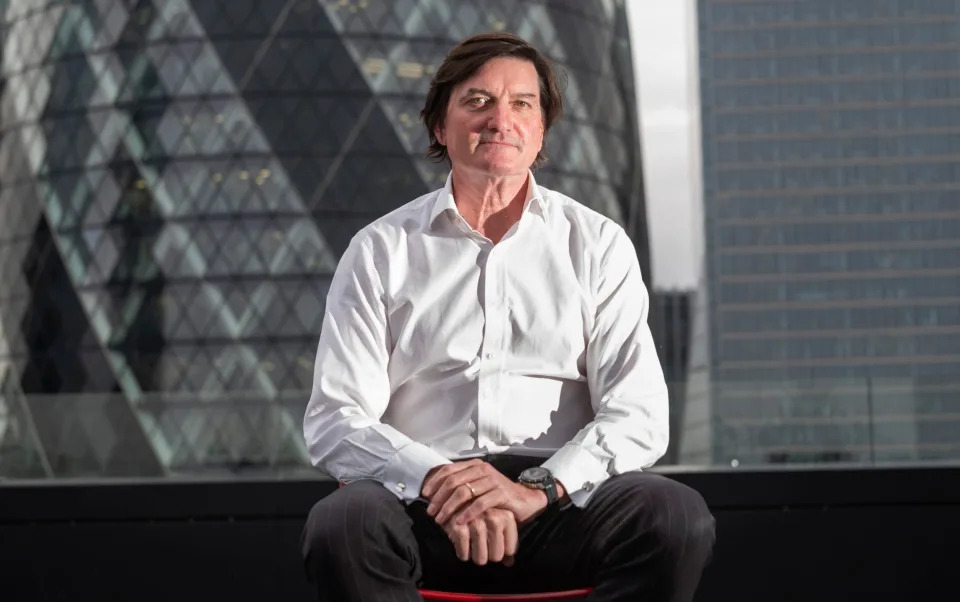Ryan Young
·Writer
Sun, April 9, 2023
Gregg Popovich talked about the need for common sense gun control laws in the United States for almost nine minutes on Sunday afternoon. (AP/Steven Senne)
Gregg Popovich’s coaching career may be coming to an end this summer.
Or, it might not. The longtime San Antonio Spurs coach doesn’t want to talk about his future much, and declined to address it before their final regular season game Sunday in Dallas.
What Popovich did, however, is take nearly nine minutes to talk about gun violence and the need for gun control in the United States.
Popovich is one of the most outspoken coaches in all of professional sports, and he's long advocated for gun control legislation in the wake of mass shootings. He did so after 21 people were killed at the Uvalde school shooting, the deadliest of its kind in Texas history, in 2022. Today, just after last month’s shooting at a Nashville-area school left six dead, was no different.
Popovich called out several Republican lawmakers specifically on Sunday, including Tennessee Senator Marsha Blackburn and Governor Bill Lee.
“I mean, I couldn’t believe it, so I wrote this thing down," Popovich said. "But Senator Marsha Blackburn, her comment after was, after the massacre, ‘My office is in contact with federal, state and local officials and we stand ready to assist.’
“In what?! They’re dead! What are you going to assist with? Cleaning up their brains off the wall? Wiping the blood off the school room floor? What are you going to assist with?
“And then there’s Governor Lee. I’m sorry to go on and on, but Bill Lee, ‘I’m closely monitoring the tragic situation. Please join us in prayer.’ What are you monitoring? They’re dead! Children, they’re dead.”
According to the Gun Violence Archive, there have been 144 mass shootings in 2023 alone. There have been 14 more mass shootings since the one at the Covenant School in Nashville that Popovch is referencing.
“But they’re going to cloak all this stuff [in] the myth of the Second Amendment, the freedom. You know, it's just a myth. It’s a joke. It’s just a game they play. I mean, that's freedom. Is it freedom for kids to go to school and try to socialize and try to learn and be scared to death that they might die that day?
“But Ted Cruz will fix it, ‘cause he is gonna double the number of cops in the schools,” Popovich added sarcastically. “That’s what he wants to do. Well, that’ll create a great environment. Is that freedom? Or is it freedom to have a congressman who can make a postcard with all his family holding rifles, including an AR-15 or whatever. Is that cool? Is that like street cred for a republican? That’s freedom? That’s more important than protecting kids? I don’t get it.”
Popovich, 74, has been working within the Spurs organization since 1988. He’s won five NBA titles there, and compiled a 1,365-761 record heading into Sunday’s game against the Mavericks. The Spurs were eliminated from playoff contention last month.
Popovich will step away from the game, whether that’s tomorrow, in a few weeks or a few years. But at least while he’s still in the league, he’s clearly not going to stop advocating for what he’s passionate about.













